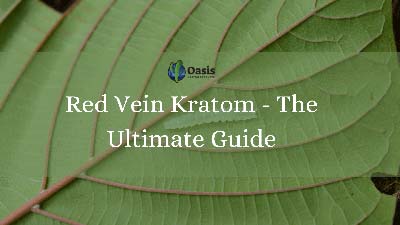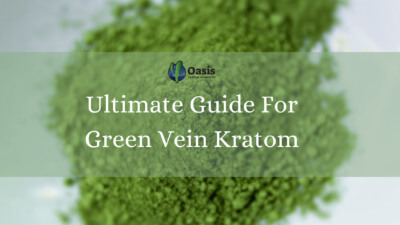Mitragyna Speciosa trees are native to Southeast Asia and naturally grow in the jungles. The soil is rich, and this tropical tree requires humid conditions to thrive. Kratom is closely related to the coffee family, and the trees can grow as tall as 100 feet. These plants will not do well in climates that are not tropical. Let’s discover more about how to grow kratom.
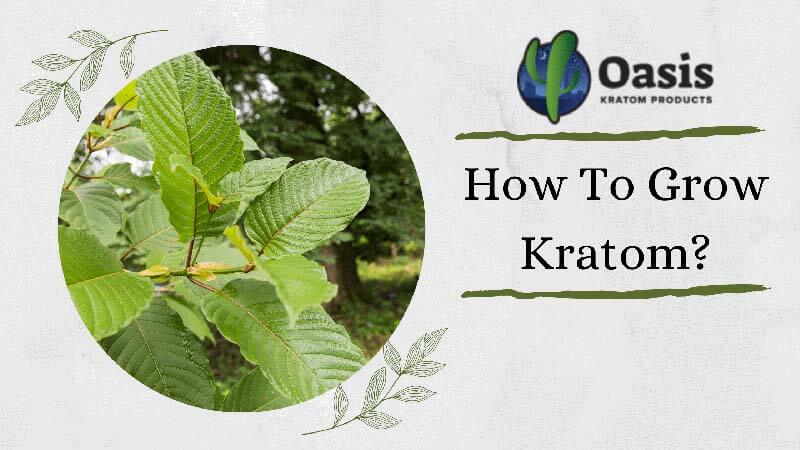
How Do I Get Kratom Seeds?
Kratom seeds are unlike other seeds you buy to plant a vegetable or flower garden. You cannot head out to your local shops and pick up kratom seeds. Plus, you will have to access fresh seeds, which are nearly impossible to find in the United States, Canada, and surrounding countries.
Some vendors may sell kratom seeds. However, the odds of these seeds succeeding once planted are pretty low. This means the seeds need to be planted right after harvest. Since kratom harvesting will take place in Southeast Asia, it will be nearly impossible to get your seeds within a few days to successfully plant and grow a Mitragyna Speciosa tree.
The seeds must be harvested before boarding a plan to return to the United States. Even if this scenario played out, there is a risk that the kratom seeds will not survive the journey. Plus, plants need to germinate, so you must plant several at a time. This will give you the best chance at one of your seeds surviving and sprouting.
So, when sourcing your seeds from a vendor, you must check out their source and see how long the seeding takes to get to the actual vendor after harvest. Be sure to buy several seeds to have the best chance at one of them spouting.
What are the Best Conditions to Grow My Seeds?
Selecting soil that meets specific criteria is essential to grow kratom and ensure it is optimal. Choosing a location with adequate drainage while retaining some moisture is also necessary. However, it is crucial to avoid overwatering the soil, as this can lead to pest and fungal infestations. It is not recommended to plant kratom outdoors for optimal growth due to the need for a controlled environment with appropriate levels of light, humidity, and temperature. It is important to note that excessive sunlight can be harmful to the tree. While some users have reported success with fluorescent lights, it is important to consider professional advice and guidance to ensure the best results.
The best source of lighting would be High-Pressure Sodium (HPS) lights. These are ideal for indoor growing, mimic outdoor conditions, and are well-controlled. On average, the Sumatra Islands in Indonesia see humidity levels of 72 to 74 percent. This is a popular area for kratom to grow and is well known for its humidity levels.
However, humidity is just one of the many factors that could affect the alkaloid scope of kratom leaves. This is why it matters where the strain originates, as it will vary the chemical makeup. Keep reading to learn how to grow kratom.
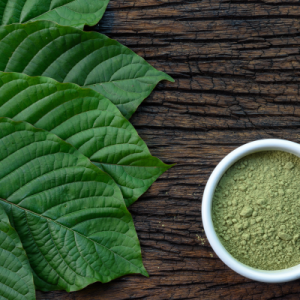
Where Does Kratom Grow Naturally?
As mentioned above, kratom is native to Southeast Asia. It grows naturally in this environment and thrives in the tropical climate. The Mitragyna Speciosa trees have flourished here for hundreds of years. Areas that are plentiful in kratom trees include:
- Sumatra
- Indonesia
- Bali
- Thailand
- Philippines
- Malaysia
- Papua New Guinea
- Myanmar
Kratom naturally grows in the jungles of these areas, and the seeds are known to propagate themselves because the conditions are favorable. We will not lie; mimicking natural conditions like those in Southeast Asia will be difficult.
How To Grow Kratom
Kratom plants begin as seeds or cuttings, but both have a low success rate. The seeds must be fresh and planted in large groups to increase the chance of one seedling sprouting. Cuttings are also difficult to grow because they can contract fungus or have issues producing roots.
Here is what you need to help give your kratom seeds the best possible chance at survival and master the growing kratom process.
- Seeds – You will need to source fresh seeds. Also, be sure to buy an adequate amount of seeds to help give you the best chance at sprouting.
- Soil – The soil is so important. It will need to be rich in nutrients, hummus, and nitrogen. It should have good drainage but also be able to hold some moisture. Watch the soil and make sure that it never gets too dry. On the other hand, you do not want it to get too damp as this could cause a fungus to grow and would kill out the kratom plant. So, an adequate amount of water is going to be very important. The pH needs to fall somewhere between 5.5 and 6.5.
- Sunlight – The seedlings need the right amount of sunlight, but do not allow the soil to become so dry that it cracks.
Temperature – Kratom requires hot and humid weather. So, you will have to provide tropical weather. In addition, you must grow kratom plants indoors if you live in a cold area. The optimal humidity is between 70 to 80 percent. You may be able to mimic this climate in an indoor greenhouse.
Once They Take Root
If you have made it this far, then you deserve a pat on the back, as knowing how to grow kratom is comparatively complex. However, the work is just beginning. Your plants will need to have adequate amounts of light and water, but not too much. Be sure you water your plant liberally and watch for any signs of fungus.
The tree will need to be in weather conditions that mimic those of the tropical islands of Asia. Windy conditions tend to produce potent forms of kratom. So, you may want to place it in an area that receives a lot of wind or help it along with a fan.
Flowering And Leaves
If you have successfully maintained your seedlings to the point that they are producing flowers and leaves, you will have to know the final steps to make your favorite kratom products. You should be cautioned that the kratom plant may take up to 2 years to mature. Trees that are 20 feet long will be ready for harvesting.
Harvesting requires you to remove the leaves before they fall from the tree. The best time to do this is late summer or early autumn. You can use the leaves as is, but you may want to try producing your favorite strains. So, this would require a drying technique. You will have to carefully monitor the leaves for mold and fungus.
Tips For Growing Kratom Seeds
Growing kratom from seeds is no easy task. You will want to do a lot of research and reading before taking on this task. Here are some tips to help you succeed and grow kratom seeds.
-
- Buy the freshest seeds that you can source.
- Be sure to buy many seeds to give you the best chance of one of them sprouting.
- Do not plant your seeds in dry soil. Make sure it gets proper drainage and retains moisture.
- The soil needs to be fertile and humus-rich. Be sure to offer fertilizer when nutrients are needed.
- Do not over-water your kratom plant.
- Keep artificial light or sunlight low during the germination period.
- Be sure to mimic humidity levels to those that kratom is native to.
- Plantation White Maeng Da Kratom Powder
- Rated 5.00 out of 5 based on 8 customer ratings
- Maeng Da is a Thai nickname translated into “pimp grade.” It comes fresh from the plantations of Indonesia.Lab Tested – Money Back Guarantee!
-
Buy Green Maeng Da Kratom powder for a subtle energy boost. Order now to buy top-quality Green Maeng Da powder at affordable prices!Price range: $15.00 through $325.00 Select options This product has multiple variants. The options may be chosen on the product page
-
Grown with precision, packed for purity—Plantation White Maeng Da Kratom Powder is here. Choose your size, earn rewards, and enjoy same-day shipping.Price range: $15.00 through $325.00 Select options This product has multiple variants. The options may be chosen on the product page
Oasis Kratom
The process of growing kratom can be rewarding, but it is no easy task. The first hurdle that you have to overcome is sourcing your kratom seeds. Then, you have to provide an environment similar to Southeast Asia.
If you do not want to try to grow kratom because of all the work involved, we have you covered. Oasis Kratom offers the most popular kratom strains, including Maeng Da, Borneo, Bali, Malay, and much more. Check out our kratom powders and capsules, and let us know if you have any questions. We hope this guide has helped you understand how to grow kratom.



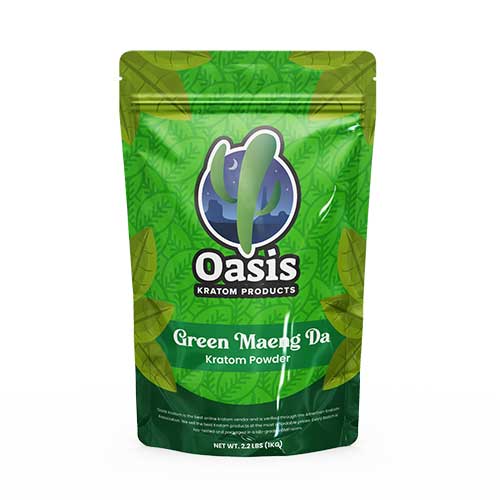
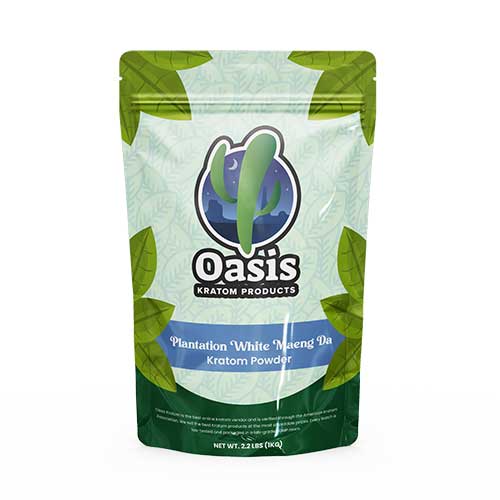

 Authentic Kratom Vendor Review
Authentic Kratom Vendor Review
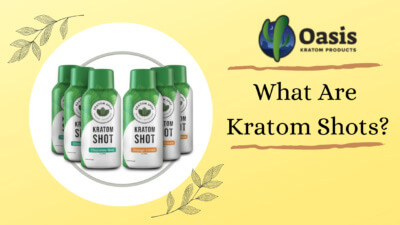 What Are Kratom Shots? Benefits, Risks, and Comparisons
What Are Kratom Shots? Benefits, Risks, and Comparisons

